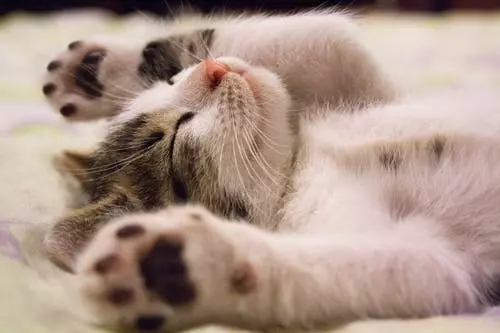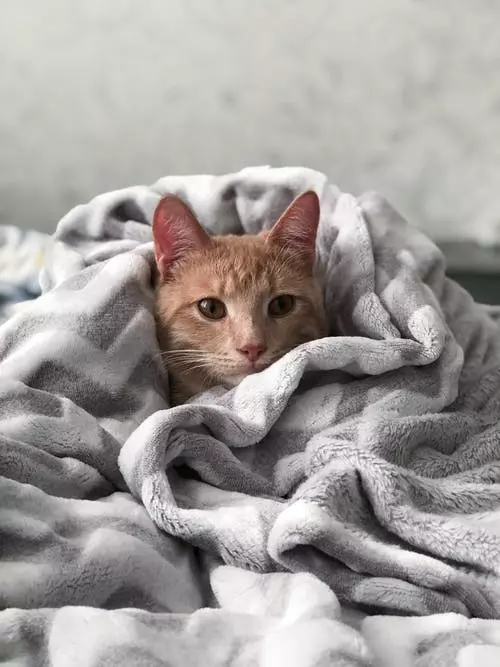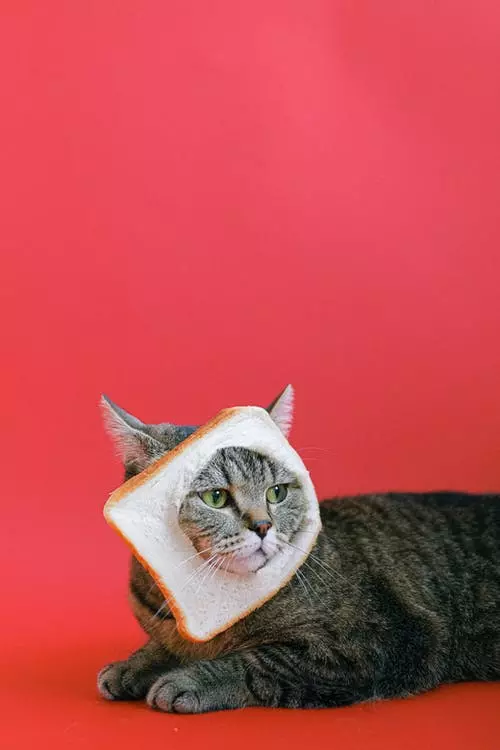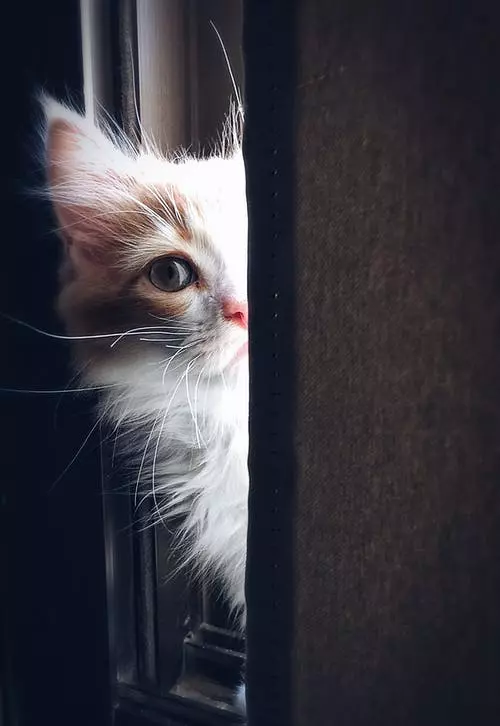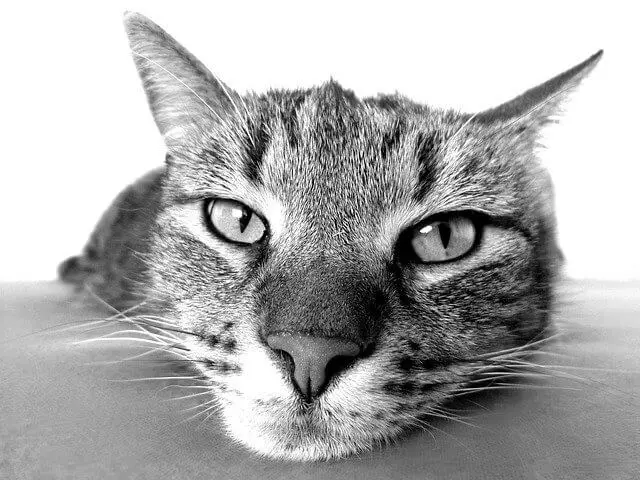Cats are natural scratchers, and it’s a behavior deeply ingrained in their instincts. However, when cats excessively scratch on horizontal surfaces, it can be a cause of concern for cat owners. In this article, we will explore the various reasons behind this behavior and provide insights on how to address it effectively.
The instinctual nature of scratching is the first aspect to understand. Cats scratch to mark their territory, stretch their muscles, and keep their claws healthy. It also helps them shed the outer layer of their claws. By understanding these reasons, cat owners can better appreciate the importance of providing appropriate scratching surfaces.
Environmental factors play a significant role in excessive scratching. One common reason is the lack of suitable scratching options. Cats have individual preferences for scratching surfaces, and if their needs are not met, they may resort to scratching furniture or carpeting. It is crucial to offer a variety of scratching surfaces, such as sisal-covered posts, cardboard scratchers, or even horizontal scratching pads.
Inadequate scratching post placement is another factor to consider. Scratching posts should be placed in areas where cats spend most of their time, such as near their sleeping area or close to windows. Placing them in hidden or less frequented spots may result in cats seeking alternative scratching surfaces.
The presence of competing or unfamiliar scents can also trigger excessive scratching. Cats have a highly developed sense of smell, and if they detect unfamiliar scents on their usual scratching surfaces, they may feel the need to mark their territory more aggressively. Regularly cleaning and refreshing scratching surfaces can help alleviate this issue.
Stress or anxiety can also lead to excessive scratching. Cats may resort to scratching as a way to cope with their emotions. Identifying and managing stress triggers, such as changes in routine or introduction of new pets, can help reduce excessive scratching behavior.
Medical issues can also contribute to excessive scratching. Skin conditions, allergies, parasitic infestations, pain, or discomfort can all cause cats to scratch excessively. If a cat’s scratching is accompanied by hair loss, skin redness, lesions, or if they seem uncomfortable, it is crucial to consult a veterinarian to rule out any underlying medical conditions.
Addressing excessive scratching requires a multi-faceted approach. Providing a variety of scratching surfaces is essential to cater to individual preferences. Scratching posts should be placed strategically and maintained regularly. Positive reinforcement techniques, such as rewarding cats with treats or praise when they use their designated scratching surfaces, can be highly effective in redirecting their behavior.
Managing stress and anxiety levels is crucial in curbing excessive scratching. Creating a calm and secure environment for cats, introducing them gradually to new surroundings, and providing familiar items can help alleviate stress-related scratching.
If all else fails, it is essential to seek veterinary assistance. A veterinarian can determine if there are any underlying medical issues contributing to excessive scratching and provide appropriate treatment.
In conclusion, understanding the causes of excessive scratching on horizontal surfaces is crucial in addressing this behavior effectively. By providing suitable scratching options, managing environmental factors, and considering potential medical issues, cat owners can help their cats maintain healthy scratching habits while protecting their furniture.


